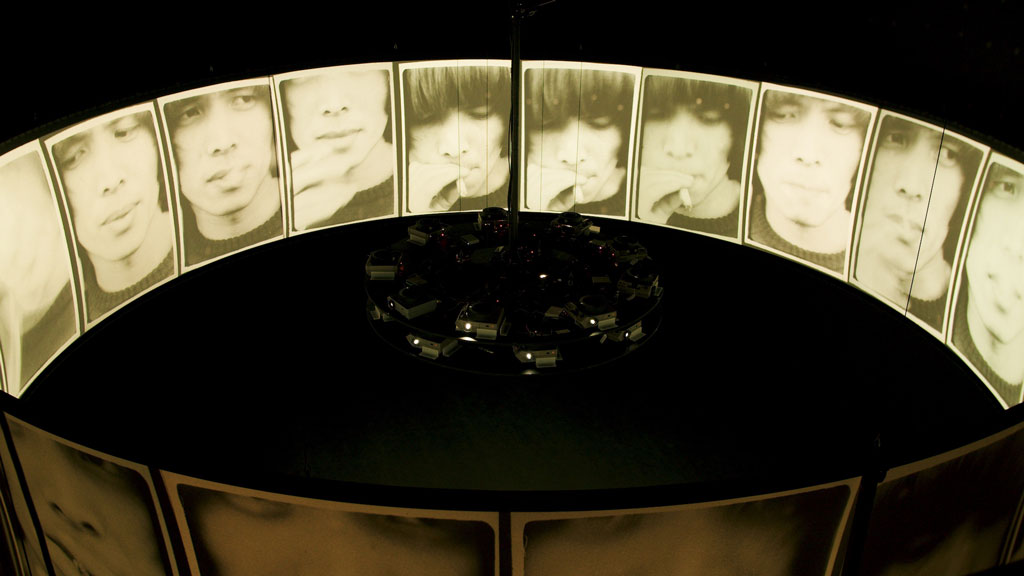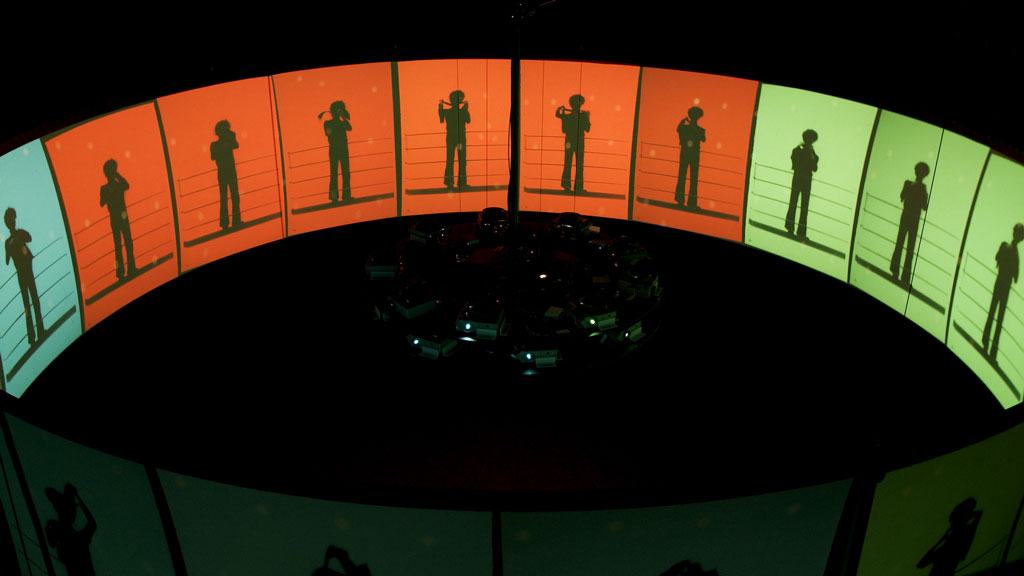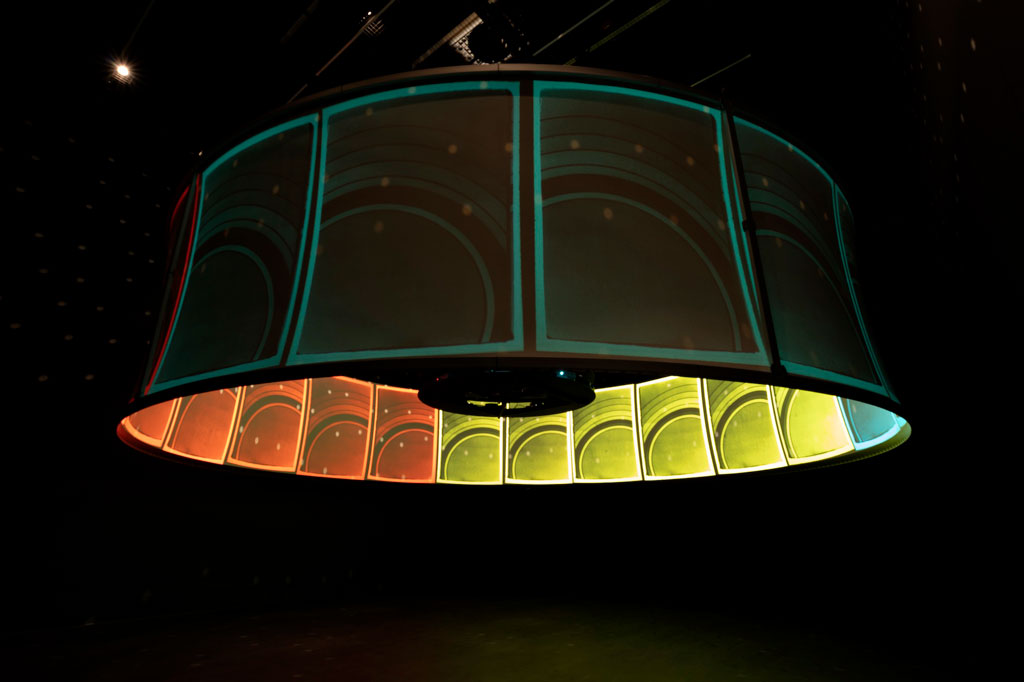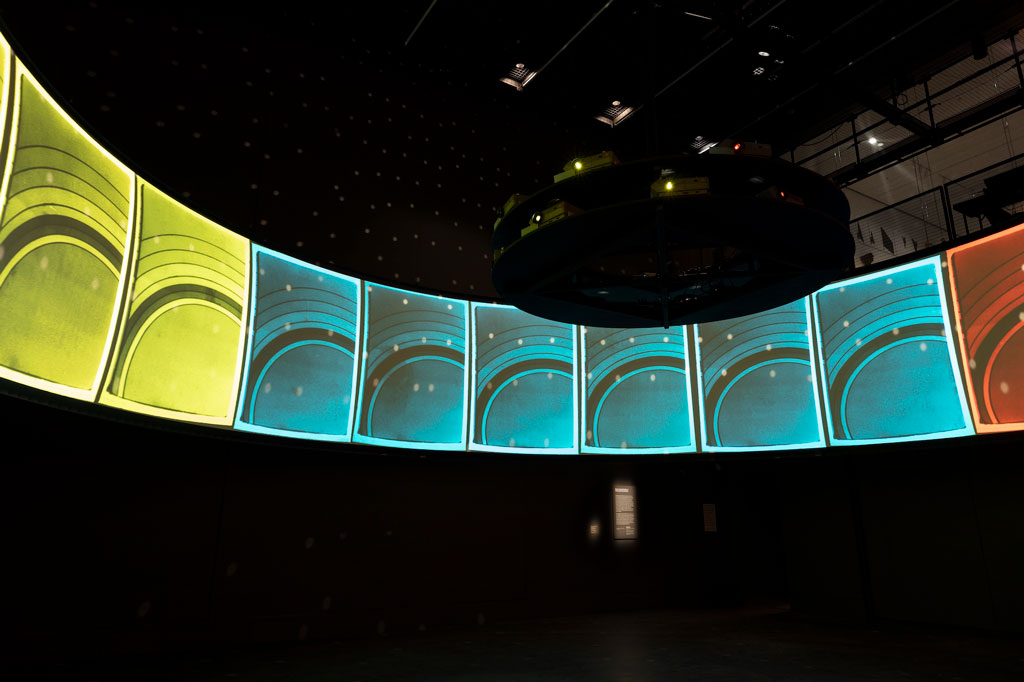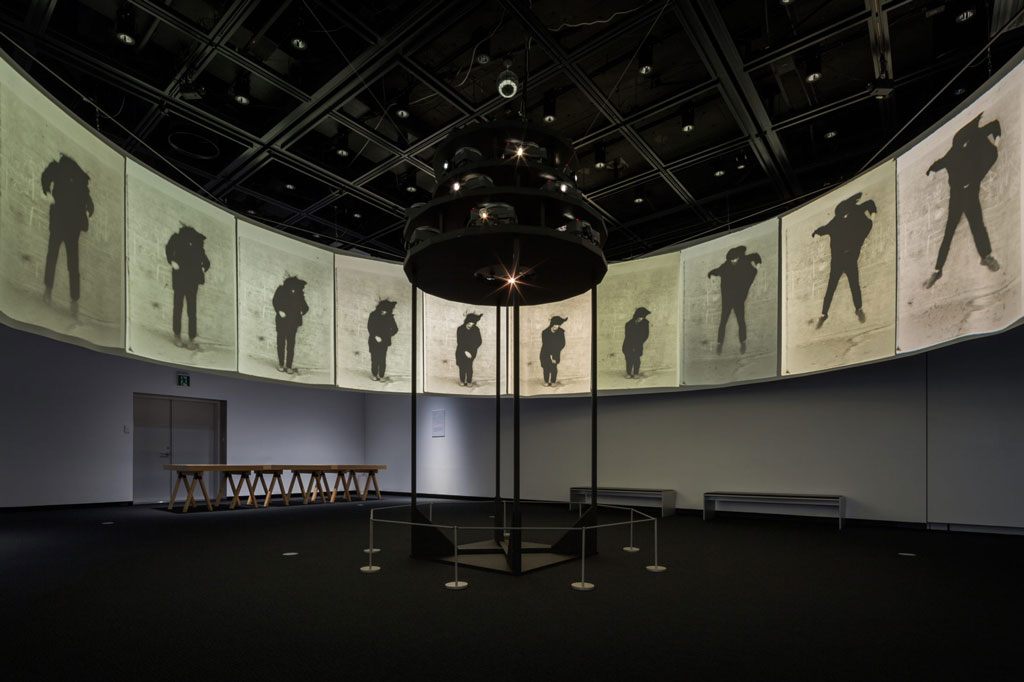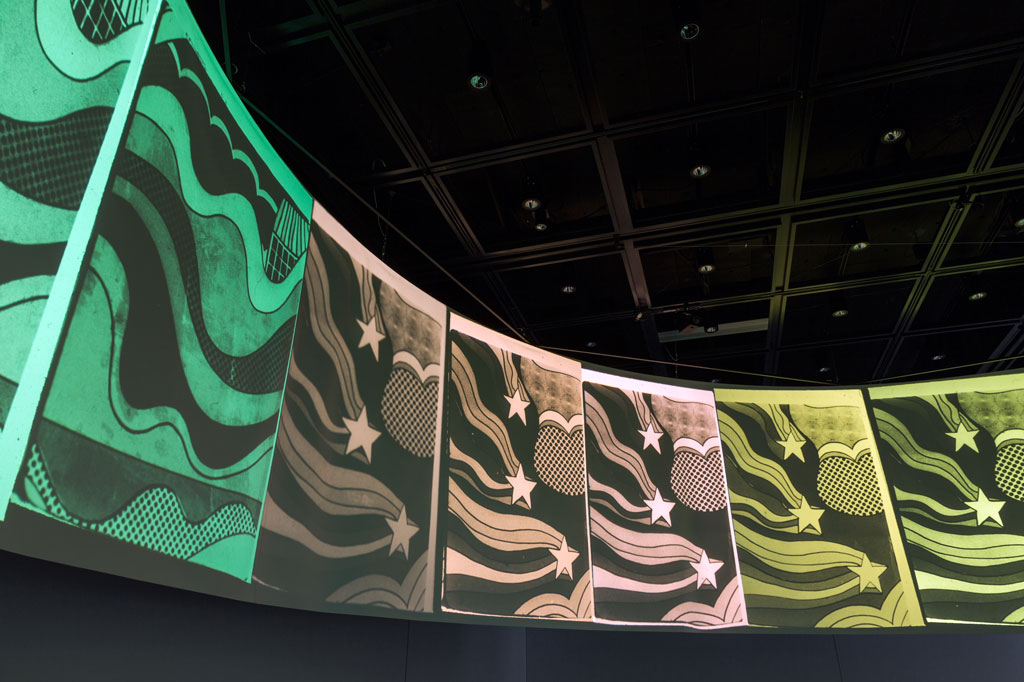ART CITIES:N-York:Shuzo Azuchi Gulliver
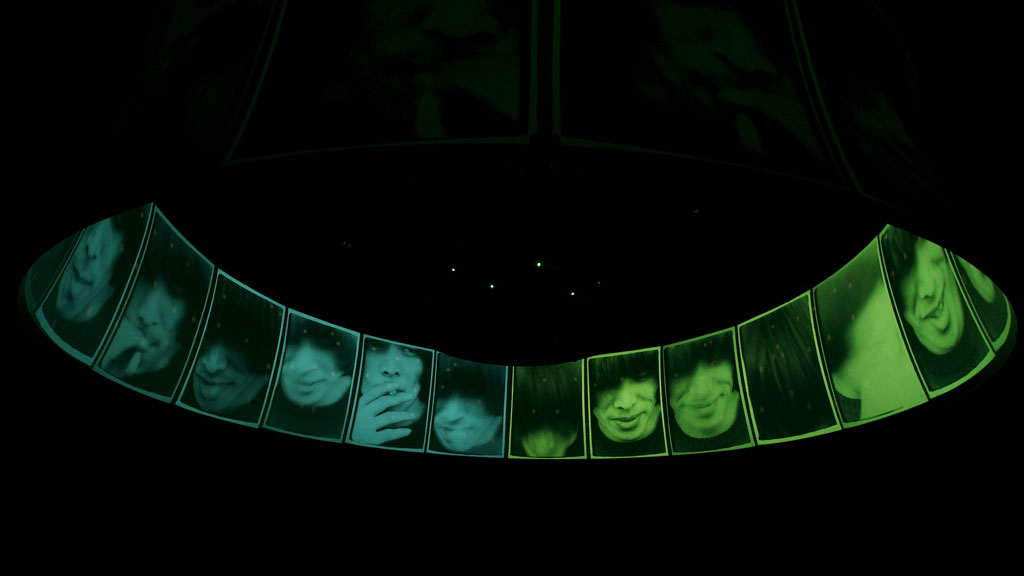 Shuzo Azuchi Gulliver was born in 1947 and began staging conceptual performances as a schoolboy, and subsequently with collectives the Play and Remandaran. Living between Tokyo and the Kansai region in the 1960s, he became a representative of the booming postwar hippie phenomenon, and adopted the moniker Gulliver, which he has used professionally ever since. In that decade, he presented his films in discotheques and jazz clubs and at events organized by the Art Film Association.
Shuzo Azuchi Gulliver was born in 1947 and began staging conceptual performances as a schoolboy, and subsequently with collectives the Play and Remandaran. Living between Tokyo and the Kansai region in the 1960s, he became a representative of the booming postwar hippie phenomenon, and adopted the moniker Gulliver, which he has used professionally ever since. In that decade, he presented his films in discotheques and jazz clubs and at events organized by the Art Film Association.
By Dimitris Lempesis
Photo: MoMA Archive
Shuzo Azuchi Gulliver in his first US Institution exhibition presents “Cinematic Illumination” in the Marie-Josée and Henry Kravis Studio, which opened in 2019 as part of MoMA’s expansion. For the 1969 Intermedia Arts Festival, in Tokyo, Shuzo Azuchi Gulliver produced an immersive moving-image event by beaming images from 18 slide projectors across the discotheque Killer Joe’s. “Cinematic Illumination” disrupted conventional frame-by-frame film projection and transformed it into a 360-degree environment intended to meld with the sound, lights, and moving bodies in the underground venue. Composed of nearly 1,500 slides and a system of colored gels that heightened the revolving images’ visual impact, the piece is one of the period’s most ambitious examples of expanded cinema, an area of filmmaking that privileges multiple projections and performance, sometimes doing away with the cinema screen entirely. Originating from 16mm film footage of found mass-media imagery and everyday actions that was hand-cut and assembled into slides, “Cinematic Illumination” is also imbued with a do-it-yourself attitude characteristic of alternative scenes internationally at the time. At twenty-one, Gulliver was one of the festival’s youngest contributors, though he had been staging performances since his days as a secondary-school student in the Kansai region, where early encounters with experimental art included meeting the Beat poet Gary Snyder, then residing in the nearby city of Kyoto. As a teenager, Gulliver participated in outdoor Happenings and large-scale landscape interventions with the Play. The Osaka-based collective saw its activities as articulating a place for art outside institutions, and apart from tastemaking critics in the capital. In Kyoto, the long-haired Shuzo Azuchi acquired the nickname Gulliver, a moniker seized by the national press, which deemed the artist an emblem of Japan’s booming postwar youth culture. In 1967, intending to pursue filmmaking, Gulliver hitchhiked to Tokyo, where he joined a vibrant scene in which underground film, avant-garde art, psychedelia, and political activism overlapped. The films he made between 1966 and 1968 were of a conceptual nature. Works like “Film” and “Screen” made aspects of film projection their very subject, while “Switch” and “Box” incorporated performative elements when they were screened. Gulliver presented his films at discotheques and jazz clubs, often with the filmmaker-artist-critic Rikuro Miyai, and in more formal screenings put on by the Art Film Association in Kyoto and Osaka. In the late 1960s, Tokyo was a center of experimental, interdisciplinary approaches to art that reflected both domestic influences and international exchanges. The Intermedia Arts Festival, which prompted Gulliver to create “Cinematic Illumination”, came out of the international synergy within the Fluxus group, of which Japan was a major hub. Japanese artists affiliated with the group, including Yoko Ono, Toshi Ichiyanagi, Shigeko Kubota, and Mieko Shiomi (who organized the festival, along with Takehisa Kosugi and Yasunao Tone), had paid extensive visits to New York City, where Fluxus was headquartered under the leadership of George Maciunas, over the course of the decade. Fluxus artists’ propensity for scores and instruction-based works was perfectly suited to the exchange of ideas across an intercontinental network. Indeed, the multiday festival mainly featured performances by Japanese artists of score-based works by their American peers.
Photo: Shuzo Azuchi Gulliver. Cinematic Illumination. 1968–69. 1,350 black-and-white slides, 108 color gels, disco ball, and sound, 114:45 min., looped. The Museum of Modern Art, New York. Acquired through the generosity of Marie-Josée and Henry Kravis. Video still, installation view, The Museum of Modern Art, 2020–2021. © 2020 The Museum of Modern Art
Info: Curator: Sophie Cavoulacos, Museum of Modern Art (MoMA), 11 West 53 Street, Manhattan, New York, Duration: 27/8/2020-28/2/2021, Days & Hours: Daily 10:30-17:30, hwww.moma.org
